What is a hazardous location certified LED flashlight
A hazardous location certified LED flashlight is a battery-operated task light designed and rated for use in environments made hazardous by the presence of flammable or explosive gases and vapors, combustible dust, or ignitable fibers or flyings. The explosion-protected torch light has been developed for inspection, maintenance and repair operations in chemical and pharmaceutical facilities, oil and gas producing and refining plants, tank farms, pipeline pumping stations, fuel transfer terminals, oil drilling rigs, offshore platforms, power generation plants, etc. With a handy design and slim form, hazardous location certified LED flashlights are indispensable tools for use inside machines, sewage systems, tanks, silos, and other confined spaces where there’s likelihood of the hazardous substances being present in a flammable or explosive concentration.
Design principle
As an electrical device, an LED flashlight may serve as an ignition source in a hazardous area containing gases, vapors or dust susceptible to ignition. For this reason, the LED flashlight must be designed and constructed to provide no source of energy for igniting the surrounding atmosphere under any circumstances. For an LED flashlight to be used in a hazardous environment, the potential for ignition of the atmosphere arising from using the product must be eliminated and certified according to the requirements specified in that particular jurisdiction. The evaluation of the risk and consequentially the level of protection assigned to electrical equipment is based on the classification of the hazardous location where the product is intended to be used.
Hazardous location classification systems
The standards applied when classifying hazardous locations have been established and are governed by a variety of organizations throughout the world, which include International Electrotechnical Commission (IEC), the European Committee for Electrotechnical Standardization (CENELEC), the National Fire Protection Association (NFPA) in the USA, and the Canadian Standards Association (CSA). The ATEX Directive of CENELEC and the IECEx System of IEC uses the Zone system to classify hazardous locations and to set rules for the types of electrical equipment that may be allowed into the hazardous location. The National Electric Code (NEC) of the NFPA and Canadian Electrical Code (CEC) of the CSA segregate hazardous environments into classes, divisions and groups.
ATEX/IECEx
The ATEX/IECEx Zone system divides the level of hazard probability into three zones for gas environments and dusty environments, respectively. Zone 0 defines locations in which an ignitable or explosive concentration of flammable gases or vapors is present continuously or for long periods during normal operation. Zone 1 defines locations in which an ignitable or explosive concentration of flammable gases or vapors is likely to exist under normal conditions. Zone 2 defines locations in which an ignitable or explosive concentration of flammable gases or vapors is not likely to exist under normal operating conditions. Zone 20 identifies locations where combustible dusts or ignitable fibers and flyings in quantities sufficient to be hazardous are present continuously or for long periods of time. Zone 21 identifies locations where combustible dusts or ignitable fibers and flyings in quantities sufficient to be hazardous are likely to exist during normal operations. Zone 22 identifies locations where combustible dusts or ignitable fibers and flyings in quantities sufficient to be hazardous are not likely to exist under normal operation conditions. Each gas is placed into one of three groups depending on its properties: Group IIC (acetylene, hydrogen), Group IIB (ethylene), and Group IIA (propane). Dust is divided into three groups depending on this level of electrical resistance: Group IIIC (conductive dust), Group IIIB (non-conductive dust), and Group IIIA (combustible flyings).
NEC/CEC
In North America, hazardous locations are divided into three classes. Class I locations are those in which flammable gases or vapors may be present in the air in quantities sufficient to produce an explosive or ignitable mixture. Class II locations are those made hazardous by the presence of combustible or electrically conductive dust. Class III locations are areas where there’s presence of easily ignitable fibers or flyings. They’re not suspended in the air in quantities sufficient to produce ignitable mixtures but present a serious fire risk. Each of the three classes is further subdivided into two divisions depending on the likelihood that the hazard will be present. Division 1 applies to an area where ignitable or explosive concentrations of hazards exist under normal operation conditions. Based on the explosive properties of the materials present Division 2 applies to an area where ignitable concentrations or explosive of hazards are present only during abnormal conditions for a short period of time. The gases and vapors of Class I locations are broken into four groups by the Code: A, B, C, and D. Within Class II are another three groups: E, F, and G.
Explosion protection
Various protection mechanisms are employed to make lighting equipment usable in a hazardous location. The most used method is based on the concept of explosion containment. Explosion proof lights are designed to withstand a gas or vapor explosion developed inside of the enclosure. The escaping flame will be cooled by a lame path thus preventing the transmission of internal explosion to the surrounding atmosphere. In addition, the operating temperature measured on its outside surface of a luminaire should be limited to a given value to ensure it will not ignite the surrounding hazardous gas or vapor. Explosion containment is very much a mechanical engineering design. In order to contain the overpressure caused by the explosion, the enclosure of an explosion proof light must be constructed with a high mechanical strength. The resultant product is inevitably a bulky, heavyweight system. Explosion protection by mechanical containment is usually implemented on high power luminaires for which portability is not a consideration.
Intrinsic safety
Hazardous location certified LED flashlights are generally intrinsically safe devices which are incapable of releasing sufficient electrical or thermal energy to cause a hazardous condition. Intrinsic safety is based on the principle of limiting energy to proactively ensure ignitions are not created. An intrinsically safe LED flashlight operates on low voltages and currents (at a range lower than 29V DC and below 300 mA). No sparks or thermal effects that could lead to a fire or explosion may occur. Low power operation generates a very small amount of heat, which easily permits a T4 (135°C) temperature classification. A T4 temperature classification is generally considered as being adequately safe because all industrial gases except carbon disulfide (CS2) have a minimum ignition temperature below 135°C and CS2 is rarely used.
An intrinsically safe LED flashlight is protected from spark generation and overtemperature operation caused by an electrical fault, eliminating the likelihood of ignition or explosion even when in an overload or abnormal condition. Because of tight energy limitation, intrinsic safety has inherent advantages over the explosion containment method and is the only method accepted for use in IEC Zone 0 locations.


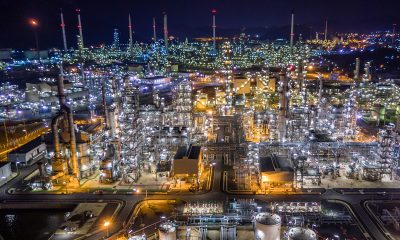
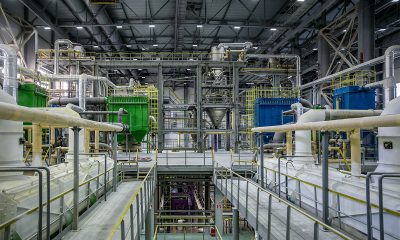
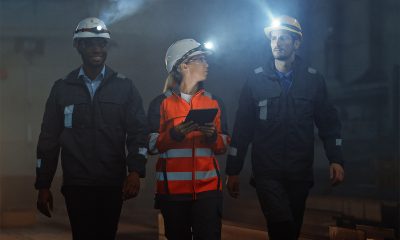
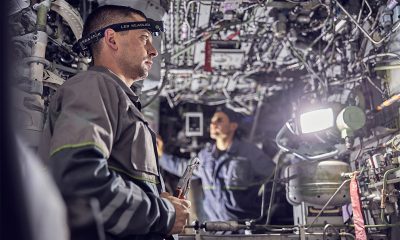
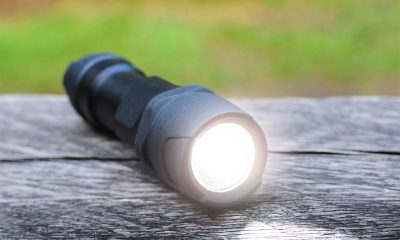

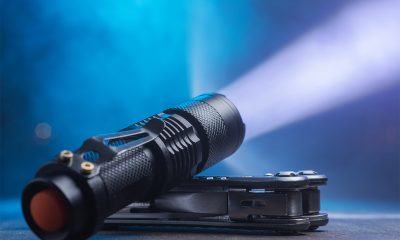
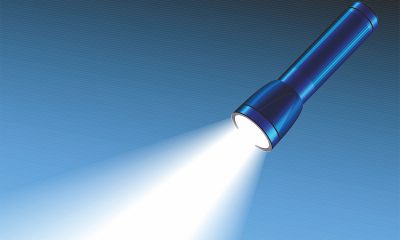
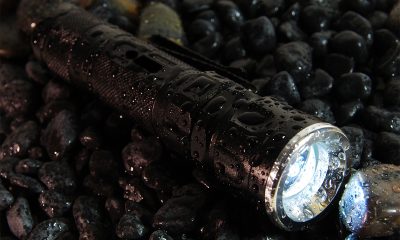








Loading...